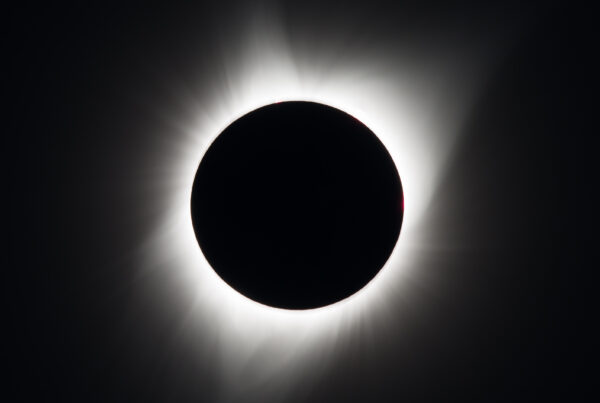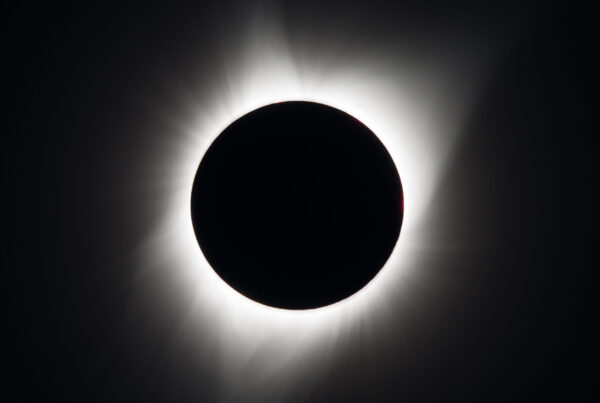A wildfire that started in Hill County on July 26 has spread to 300 acres.
A voluntary evacuation order for residents of the area was lifted Thursday night, but officials warn people to be cautious and stay aware that the fire is still burning.
Adam Turner, the public information officer for the Texas A&M Forest Service, said Friday morning that the blaze is about 40% contained.
“Crews worked through the night again last night,” he said. “(They’re) working to build more containment lines, utilizing heavy equipment and engines around any of the area that’s burned, and also working to protect the structures that are within the burned area.”
» GET MORE NEWS FROM AROUND THE STATE: Sign up for our weekly ‘Talk of Texas’ newsletter
Turner said the forest service initially reported five homes burned down, but as the fire calmed down and the damage was assessed they were able to revise their report: No homes have been lost as of Thursday.
“We did have a shed or an outbuilding that was lost,” he said. “But that is the only structure that we’ve seen that has been damaged significantly.”
Unlike other fires that have burned in more rural parts of Texas, this one is very close to homes and roads.
“The area that this fire is burning in looks to be a new subdivision or housing development that’s been built out,” Turner said. “It’s got multiple private roads and 1- to 5-acre lots. Some have homes built on, some don’t, but it’s largely covered in juniper trees or oaks; it is overgrown with brush. And this kind of area is honestly fairly typical for where we have our major wildfires.”
How to protect your home from wildfires
Turner said homeowners who want to protect their property from wildfires need to approach fire safety in three zones.
“There’s a concept that we call defensible space. So it’s a three-tier system, and it’s all based around clearing brush away from your structure to a certain degree for each zone,” Turner said. “The first zone is the first five feet around your house. And ideally there’s no brush, no plants, nothing that’s really combustible within that first five feet. In a perfect world, it would be kind of a very southwestern aesthetic of rock and maybe a couple of cactuses.”
Then, from five feet to 30 feet around your home, you want to mow lawns and maintain trees so they don’t touch the ground or each other, he said.
“Once you get past the first 30 feet, then your trees can start to connect a little bit more. But you still don’t want them to quite connect to the ground. So they should be limbed up and well-managed,” Turner said. “And then ideally everything just stays well-watered, which comes with its own challenges, of course, with drought and our summer Texas heat.”
Turner said the heat and dry weather increase the risk for fires this season.
“We have a predictive services department that every day is monitoring our weather conditions. And they send out updates twice every week,” he said. “In North Texas, where I’m based, and in Central Texas, this is kind of the beginning of wildfire season. So typically we have fire season starting the end of July through August and into September. So we kind of are just at the beginning of it. And until we get some significant moisture, we likely will continue to see fires occurring.”















